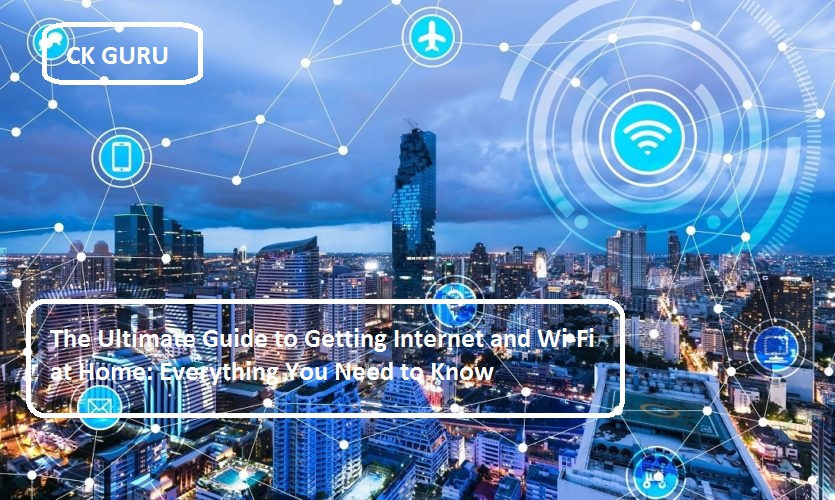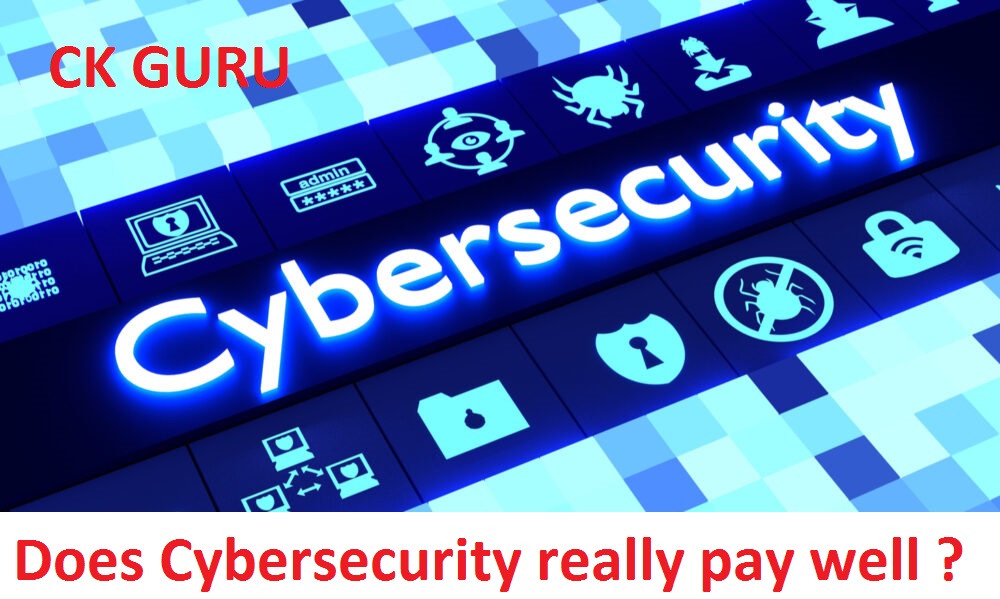The Ultimate Guide to Getting Internet and Wi-Fi at Home: Everything You Need to Know
In today’s world, reliable access to the internet and Wi-Fi is more than a convenience – it’s essential for work, education, communication, and entertainment. Whether you’re working remotely, attending online classes, or just enjoying your favorite shows and social media, the quality of your internet connection can significantly impact your experience. But navigating the vast array of options can feel overwhelming. In this guide, we’ll break down everything you need to know about getting internet, setting up Wi-Fi, and understanding the different choices available, so you can make informed decisions and create an ideal internet setup at home.

Can I Get Internet Without a Provider?
A common question many people have when considering their internet options is whether it’s possible to get the internet without a traditional provider. The answer is yes, but it’s important to understand the different options available to you, as each has its advantages and limitations.
1. Mobile Hotspots: The Portable Internet Solution
Mobile hotspots are small devices that use cellular data networks to create a Wi-Fi network for your devices. These can be purchased from most mobile carriers, such as Verizon, T-Mobile, and AT&T. The great advantage of using a mobile hotspot is the flexibility it offers. You can take it with you wherever you go, whether you’re at home, in a cafe, or traveling.
However, mobile hotspots have limitations. They often come with data caps, meaning you can only use a certain amount of data before your speed is throttled or additional charges apply. They’re also not always the best option for activities that require high bandwidth, such as 4K streaming or online gaming. If you’re just browsing or checking emails, though, they can be a good solution.
2. Public Wi-Fi: Free Access, But Not Without Risks
Many public places, such as libraries, coffee shops, airports, and even parks, offer free Wi-Fi to their visitors. While this is a great way to stay connected when you’re on the go, it’s not always the most reliable or secure option. Public Wi-Fi networks are generally unsecured, meaning that they’re more susceptible to hacking and data theft. It’s essential to take precautions, like using a VPN (Virtual Private Network), when accessing sensitive information over public Wi-Fi networks.
3. Satellite Internet: A Lifeline for Remote Areas
If you live in a rural or remote area where traditional broadband options like cable or fiber-optic internet are unavailable, satellite internet might be a good option. Services like Starlink by SpaceX and HughesNet provide internet access through satellites, eliminating the need for cables or fiber-optic lines.
While satellite internet can be a great option for underserved areas, it often comes with higher costs, slower speeds compared to fiber, and potential latency issues, making it less ideal for heavy internet users or those who require a very stable connection for online gaming or high-definition video streaming.
Can I Get Internet for Free?
In some situations, you might be able to access the internet for free, although it often comes with limitations, especially in terms of speed and security. If you’re on a tight budget or looking to cut costs, here are some options for accessing free internet:

1. Free Wi-Fi Hotspots
As mentioned earlier, many public spaces offer free Wi-Fi to customers. These hotspots are usually available in places like coffee shops, malls, public libraries, and restaurants. While free public Wi-Fi is convenient, you should always be aware of the security risks. Hackers often target these open networks to intercept sensitive data. It’s best to avoid logging into bank accounts or making online purchases while using public Wi-Fi unless you use a VPN to secure your connection.
2. Government Assistance Programs
Many countries offer government programs aimed at helping low-income families access affordable internet. In the United States, for instance, programs like the Emergency Broadband Benefit (EBB) provide discounted broadband services to eligible households, ensuring that financial limitations don’t prevent people from staying connected.
If you’re eligible, these programs may also cover the costs of a device, making it even easier for low-income families to stay online. Be sure to check with your local government or internet service providers to see if there are any assistance programs in your area.
3. Community-Based Wi-Fi Networks
In some areas, especially urban neighborhoods, community Wi-Fi networks may be available. These are local initiatives that provide free or low-cost internet to residents. The coverage area is usually limited to specific neighborhoods or even blocks, and the internet speed may not be as fast as that of a paid broadband connection, but it can be a helpful resource for those who need basic access to the web.
Is the Internet the Same as Wi-Fi?
This is a question that many people get wrong, but it’s important to understand the distinction between the internet and Wi-Fi, as they refer to two different things.
-
The Internet is the global system of interconnected computer networks that allows for the exchange of data. It is what you use to browse websites, send emails, watch YouTube, etc. To access the internet, you need an Internet Service Provider (ISP), which provides the necessary connection to the network.
-
Wi-Fi, on the other hand, is a technology that allows your devices to connect wirelessly to the internet. Essentially, Wi-Fi enables your devices, such as smartphones, laptops, tablets, and smart TVs, to communicate with the internet via a wireless signal generated by your Wi-Fi router.
In simpler terms: Wi-Fi is a method of connecting devices to the internet, and the internet is the global network that connects devices to each other.
Is There Wi-Fi with No Credit Check?
Not everyone has a perfect credit history, and some may want to avoid credit checks when signing up for internet services. Fortunately, there are several options available for those who do not want or cannot go through a credit check.
1. Prepaid Internet Plans
Prepaid internet plans are an excellent option for individuals who want to avoid credit checks. With these plans, you pay for internet service upfront, without the need for a credit history review. You’re typically billed monthly, and you can either pay in full at the beginning of the month or top-up your account whenever you need additional data.
Providers such as Xfinity, T-Mobile, and Verizon offer prepaid plans that do not require a credit check. These options also tend to have more flexible terms, so you’re not locked into a long-term contract.
2. No-Contract Internet
Many modern ISPs offer no-contract internet plans. These plans allow you to access high-speed internet without committing to a long-term contract, and many do not require a credit check. You can pay month-to-month and cancel at any time, making these plans more flexible than traditional internet contracts.
3. Government Programs for Low-Income Households
Some government assistance programs allow you to access affordable internet without undergoing a credit check. These programs are typically aimed at low-income individuals or families and are designed to bridge the digital divide. Programs like the Lifeline Program and Emergency Broadband Benefit (EBB) provide internet service discounts, sometimes even offering free service, depending on your financial eligibility.
How to Set Up Wi-Fi at Home: A Step-by-Step Guide
Setting up Wi-Fi at home may seem complicated, but with a few simple steps, you can have your devices up and running in no time.
1. Choose the Right Internet Service Provider (ISP)
Your first step is to choose an ISP that offers the internet plan that suits your needs. If you’re unsure where to start, consider the following factors:
-
Speed Requirements: Do you need fast internet for activities like streaming movies, gaming, or video conferencing? Make sure to choose a plan with sufficient speed to meet your needs.
-
Reliability: Choose an ISP with a reputation for offering stable and reliable service.
-
Cost: Compare the pricing for different plans, ensuring you choose one within your budget.
Some of the most popular ISPs include Comcast Xfinity, Verizon Fios, AT&T, and Spectrum. Make sure to check availability in your area, as some providers may not be accessible everywhere.
2. Install Your Router
Once you’ve selected your provider, they will either send you a modem/router combo or ask you to purchase a router separately. The router will be the device that creates your Wi-Fi network. Install the router according to the manufacturer’s instructions, which usually involves connecting it to your modem and plugging it into a power source.
3. Set Up the Wi-Fi Network
Once your router is installed and powered on, you’ll need to connect your devices to the Wi-Fi network. The default Wi-Fi name (SSID) and password are typically printed on the back of your router, but you can customize these settings if desired.
To connect devices, simply open the Wi-Fi settings on your smartphone, laptop, or other devices, select your Wi-Fi network name, and enter the password.
4. Test the Connection
After everything is set up, test your internet connection by browsing the web or streaming a video. If the speed is slower than expected, try relocating the router to a more central location or ensuring it’s not obstructed by walls or furniture.
Conclusion
Getting the right internet connection and setting up a secure Wi-Fi network at home doesn’t have to be overwhelming. By understanding the options available to you – whether it’s mobile hotspots, satellite internet, or traditional broadband – you can make an informed decision based on your needs and budget.
Remember, it’s important to weigh factors like speed, reliability, cost, and your specific usage needs when choosing an ISP and internet plan. Whether you’re looking for internet without a credit check, exploring free Wi-Fi options, or setting up Wi-Fi at home, this guide has covered everything you need to know to make your internet experience as seamless and enjoyable as possible.
Don’t hesitate to reach out to your internet provider for assistance with setup or troubleshooting. With the right tools, you’ll be connected in no time and ready to take full advantage of everything the digital world has to offer!



